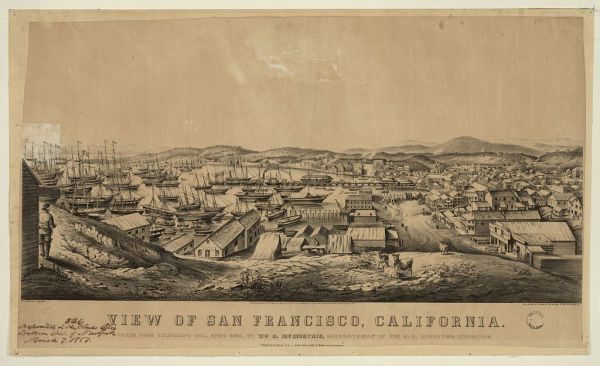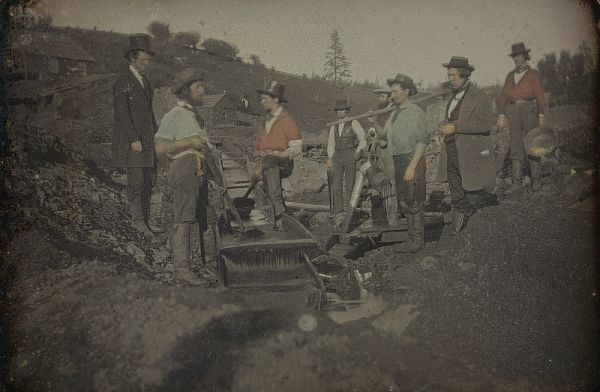The discovery of gold in California came at a time when many Americans were already moving west in search of new opportunities. News of gold spread quickly, and by 1849, tens of thousands of people had arrived. The Gold Rush united people from diverse backgrounds. It sparked cooperation but also led to conflict. Indigenous people lost their land and lives as miners arrived. Many immigrant groups also faced unfair treatment and heavy taxes.
The great numbers of people caused towns to spring up almost overnight. These boomtowns often grew from small camps beside the rivers and gold fields. Streets filled with shops, hotels, and saloons to serve the miners. San Francisco grew rapidly, changing from a small port to a major city in just a few years.

The Gold Rush changed California in many ways. New communities were built, and people from many places came to live there. Farming grew, the land changed, and the West became more tied to the rest of the country.
The rush for gold also sped up the growth of the United States. California soon reached the population needed for statehood and joined the Union in 1850. The push to connect California with the rest of the country led to the development of new trails, roads, and mail services. Later, railroads helped tie the West more closely to the East.
Agriculture expanded as miners needed food and supplies. People who failed to strike it rich often turned to farming in the fertile valleys. They grew fruits, vegetables, and grains. They also planted vineyards and orchards. Farming soon became just as vital as mining for California’s growth.
Mining left its mark on the land. Hillsides were washed away with water cannons, forests were cut down for timber, and rivers filled with silt. Mining chemicals polluted the water and harmed the land used for farming. These changes made it more challenging to farm and live in some areas.

The Gold Rush transformed California in many ways. New communities were built, and people from many places came to live there. Farming grew, the land changed, and the West became more connected to the rest of the country.
